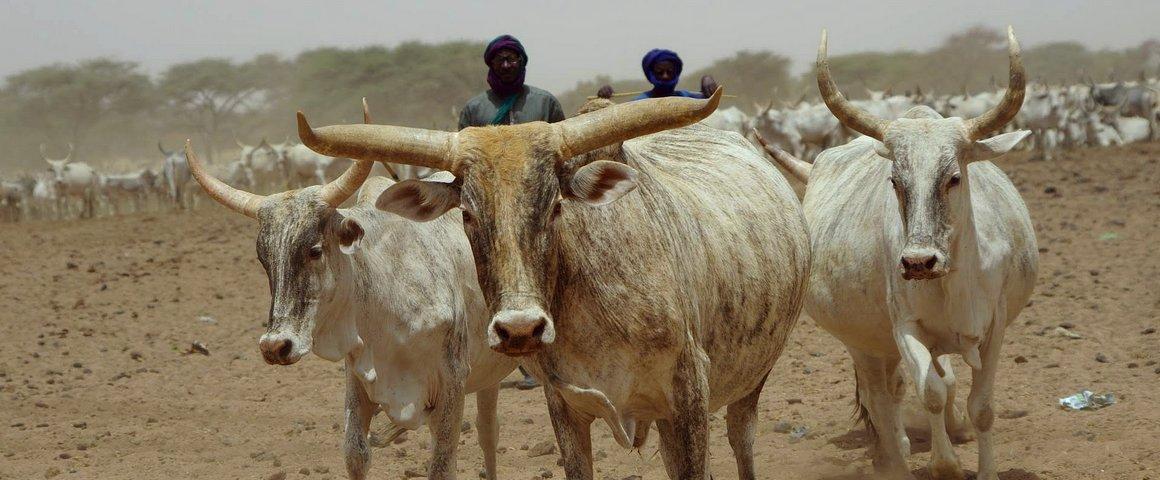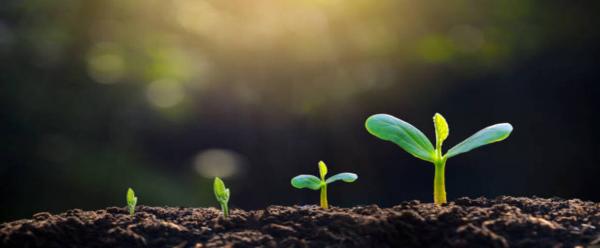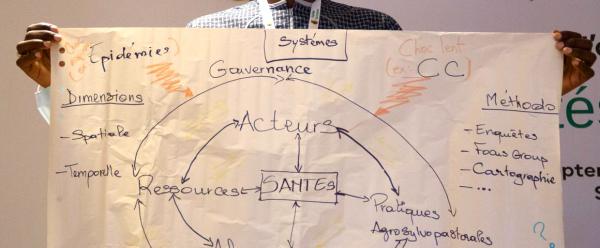Just out 3 November 2025
- Home
- CIRAD news
- News
- Climate: carbon-neutral livestock farming in the Sahel
Climate and pastoralism | We need to change how we view livestock farming in the Sahel

© S. Taugourdeau, CIRAD
"Continuing to base reports on greenhouse gas (GHG) emissions from the livestock sector in the Sahel on the intensive livestock systems practised in the global North is a mistake that could steer local public policy in the wrong direction. We need to change how we view these agropastoral systems and give ourselves the means of quantifying their true environmental impact. This is the first step towards drafting appropriate, truly effective emission reduction policies for the Sahel."
Habibou Assouma is an agronomist from CIRAD. He is a co-author of a policy brief that takes stock of the latest research results concerning the carbon balance of the pastoral livestock sector in the Sahel. The work in question, published by the Institut sénégalais de recherches agricoles (ISRA) and CIRAD, was done under the CaSSECS project, funded by the EU DeSIRA programme and coordinated by ISRA.
In the Sahel, livestock farming makes the most of an extreme environment. While the activity is often seen only in terms of the methane it produces, it provides a range of ecosystem services, and among other things, it serves to store large quantities of carbon.
"We used methods and equipment already tried and tested in the field to establish standard values for GHG emissions compatible with local cattle races, and to assess carbon storage factors corresponding to Sahelian landscapes", ISRA researcher El Hadji Traoré explains. In addition to making optimum use of an extreme environment, pastoral livestock farming boost soil fertility by recycling organic matter, across large areas. The animals also transport seeds across their grazing area, and grazing stimulates plant growth.
The CaSSECS project team will be in Dubai for COP28. The researchers concerned will be in the Senegal and CILSS pavilions, to share their results and boost the visibility of pastoral livestock farming in the Sahel. Pastoralism is often seen as polluting and unproductive, and receives little in the way of support or investment. However, this "poor relation" in terms of public policy provides 20 million people in the Sahel with a living. It also provides 70% of the milk consumed locally, and half the beef and small ruminant meat.
* According to FAO.
Watch
Listen
Podcast | L’élevage sahélien, source d’inspiration – Climat, cultiver les solutions (4/6)



























